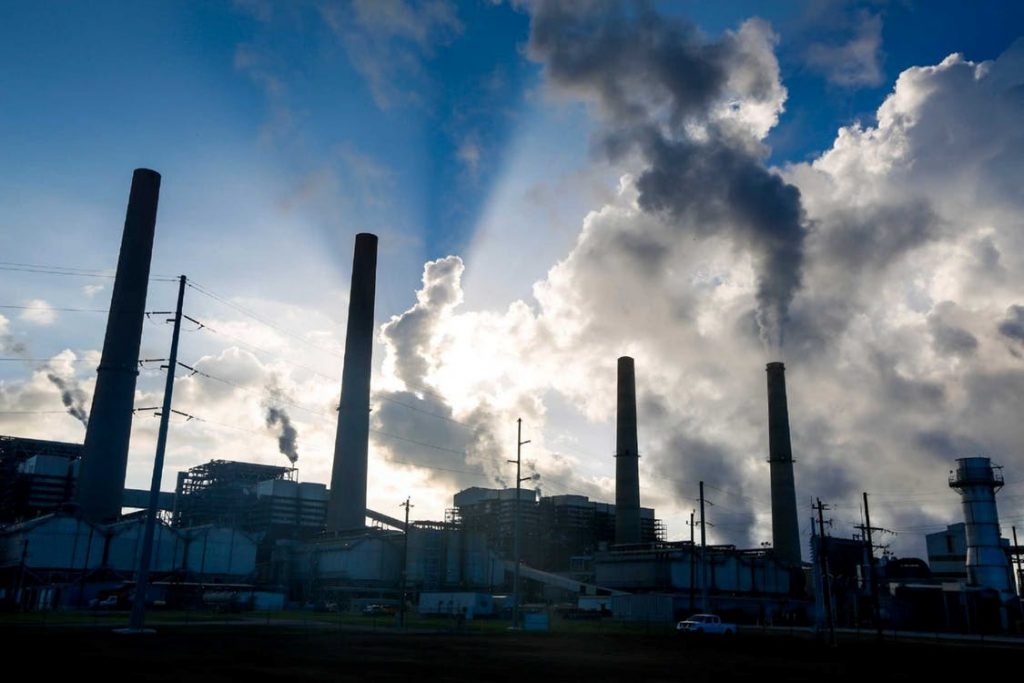- Client: Dutch Ministry of Economic Affairs and Climate Policy (EZK)
- Implementation period: January, 2018 - August, 2018 (Completed)
- Geographic coverage: The Netherlands
- Theme: Climate Change
- Topic:
- Experts: Jurgen Vermeulen, Hans Bolscher, Joris Moerenhout
What are the options to create a successful Carbon Capture & Storage (CCS) market in the Netherlands?
In order to meet the Paris Agreement, in their coalition agreement from 2017 the Dutch government indicated that it aims to reduce GHG emissions by 56 Megaton by 2030, a reduction of 49% compared to the emissions in 1990. Carbon Capture and Storage (CCS) is one of the options to reduce GHG emissions by capturing CO2 emissions pre- or post combustion of fossil fuels and then transporting and storing it underground, either at sea or on land. However, large scale CCS projects have so far not proven to be very successful economically. The investments in CCS infrastructure are costly and the price for carbon emissions is currently not high enough to create acceptable payback periods on these investments. Yet, the planet cannot wait until the price of carbon emissions is high enough that investments in CCS infrastructure will occur market driven. The Dutch government expects that CCS is also an attractive alternative from a cost and effectiveness perspective. Therefore, the Dutch government contracted Trinomics and Ecorys to explore the options for possible market structures that could enable the development of an effective and efficient CCS market in the Netherlands. This work has helped the Ministry of Economic Affairs and Climate Policy to table proposals with industry and other stakeholders on the ‘Climate Table’ where policymakers, industry and NGOs discuss the best way forward for a Dutch law on climate action that operationalises the Paris Ambitions.

The report is available to the public via the link provided above. In short some of the key findings include:
- The main reason preventing the commercial development of CCS is the absence of a commercial business case: the financial returns for capturing CO2 do not outweigh the costs. The only financial return is the avoided purchase of ETS emission rights at the relevant market price. Since the societal benefits of avoiding CO2 emissions are larger than its current cost, CO2 is an underpriced externality.
- However, even if the price of CO2 would be high enough to justify a business case, there are additional reasons why CCS projects would likely not develop fully market-driven. In particular, the necessary coordination between the various parties in the CCS chain is significant and challenging as parties depend strongly on each other with respect to volumes and quality as well as location and timing of investments. Additionally, there are costs related to monitoring reservoirs of stored CO2 and also financial securities need to be provided for the event that CO2 might escape in the future. Since the height of these costs are ex-ante uncertain (depend on negotiations with the Dutch government), investment decisions remain risky.
- In order to coerce market-driven investments in CCS infrastructure by emitters, a CO2 price on top of the ETS price could be levied or subsidies to bridge the financial gap to a business case could be put in place. Both have advantages and disadvantages. In the transport segment, both private and public sector solutions are possible (provided there is an incentive to capture CO2), but the speed of roll-out of a transport network is likely to be slow in the private market option where parties have to negotiate and agree on how to share costs for common infrastructure.
- In the storage segment, a solution needs to be found to accommodate the (financial implication) of assuming the risk of storing CO2, despite the fact that technically speaking they are considered to be low. If private actors were to assume all (financial) risks, the costs for storing would increase strongly making CCS a less competitive alternative to other potential emission reduction technologies.